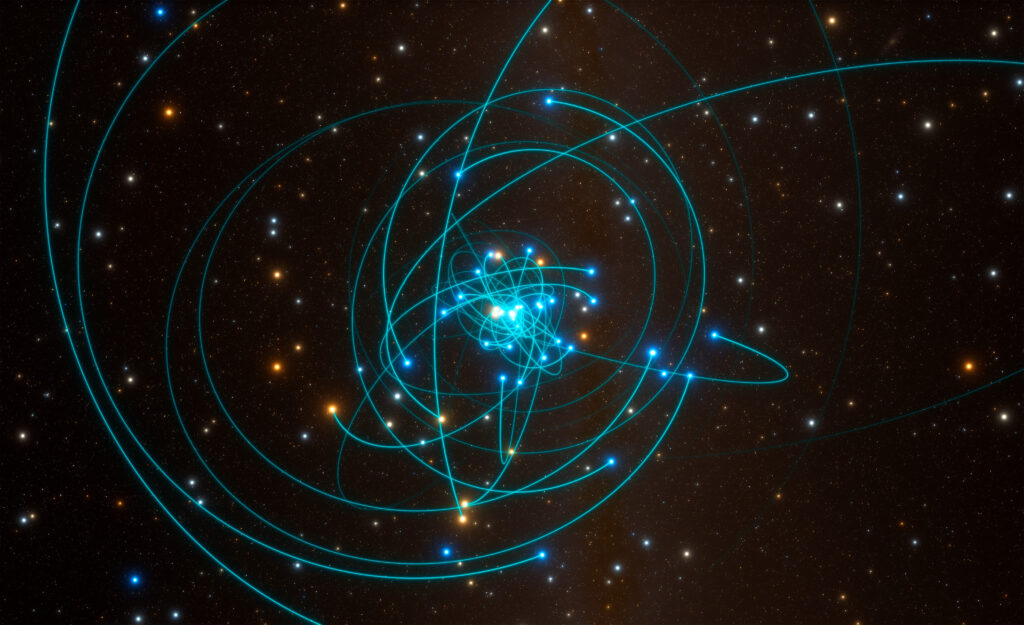Bad news, earthlings. Computer simulations of the solar system’s future reveal a new risk facing us all: The gravitational tug of a passing star could either cause another planet to smack into Earth or else fling our planet into the sun or far away from it, where any inhabitants would freeze.
Blame Mercury. Astronomers have long known that the innermost planet’s orbit, which is fairly oval-shaped, can become even more elliptical due to gravitational jiggles from Jupiter. Passing stars exacerbate this danger, Nathan Kaib, an astronomer at the Planetary Science Institute who is based in Iowa, and Sean Raymond, an astronomer at the University of Bordeaux in France, report in work submitted to arXiv
In agreement with previous work, their simulations show that once Mercury goes haywire, its orbit becomes so elliptical that the planet typically collides with either the sun or Venus. Then the resulting chaos can sometimes cause Venus or Mars to crash into Earth or Earth to crash into the sun. Or Venus and Mars can fling our world toward Jupiter, and the giant planet’s gravity ejects Earth from the solar system altogether.
Now the good news. “None of these things are probable,” Kaib says with a laugh. Over the next 5 billion years – most of the remaining lifespan of the sun – the chance of such a catastrophe afflicting Earth is only 0.2 percent, based on the number of stars passing near the solar system. Still, that’s a much greater risk than previous studies, which neglected the long-term influence of passing stars, had found.
“It’s a little scary how vulnerable we may be to planetary chaos,” says Renu Malhotra, a planetary scientist at the University of Arizona in Tucson who was not involved with the study. She thinks past stellar encounters have already influenced the solar system. In particular, they may explain why the giant planets have somewhat elliptical orbits rather than the nearly circular paths they should have inherited from the protoplanetary disk that gave them birth.
The most dangerous stars, Kaib says, are those that come nearest, less than 100 times as far from the sun as Earth is. Over the next 5 billion years, there’s about a 5 percent chance of such a close encounter. Also risky are stars that move slowly, at less than 10 kilometers per second relative to the sun, prolonging their gravitational tugs on the planets.
In the absence of passing stars, Kaib says, Pluto was thought to be safer than Earth, even though Pluto cuts across Neptune’s path while orbiting the sun. The secret to Pluto’s success? It’s in a 3:2 resonance with its giant neighbor, meaning Neptune orbits the sun three times for every two times that Pluto does. As a result, Pluto currently has no chance of hitting Neptune: Whenever Pluto is as close to the sun as Neptune is, the two worlds are always far apart. In fact, Pluto comes closer to Uranus than it ever does to Neptune.
“But once you allow stars to alter the solar system and push things around, you can actually knock Pluto out of its resonance with Neptune,” Kaib says. Then Pluto is in trouble. It can skirt by the giant planets and their gravity can kick it out of the solar system, or Pluto can smash into one of them. Over the next 5 billion years, the chance of such an ejection or collision befalling Pluto is about 4 percent. That’s 20 times greater than the risk facing Earth.


